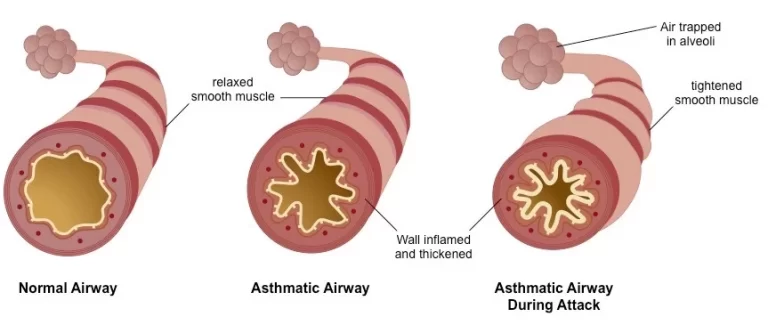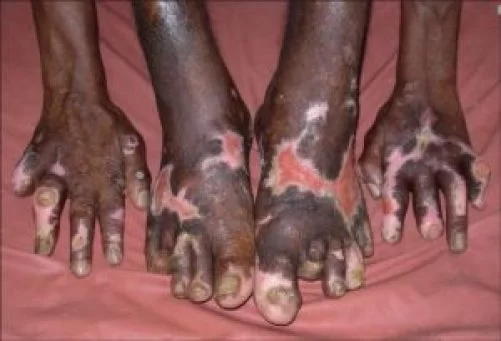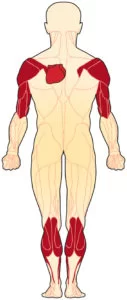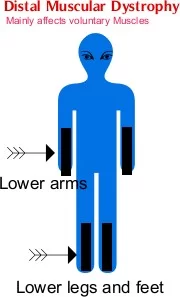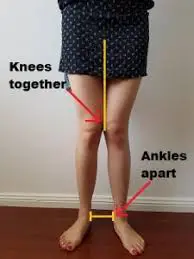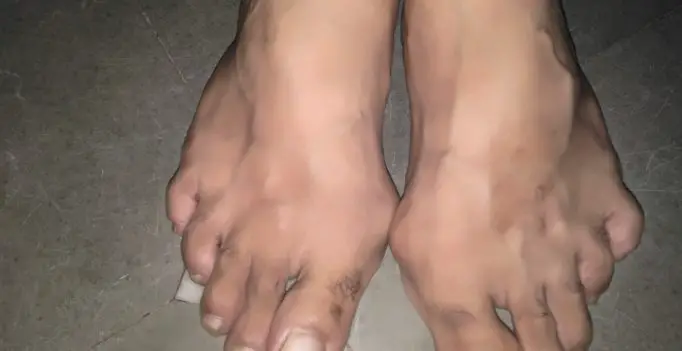Asthma
What is an Asthma? ”Bronchial asthma is a chronic, inflammatory disease of the respiratory tract, which is characterized by bronchial hyperreactivity and respiratory obstruction which is reversible (spontaneously or under the influence of bronchodilater) marked by wheezing, shortness of breath, chest tightness and coughing”. symptoms may be episodic or chronic but the pattern may vary…

